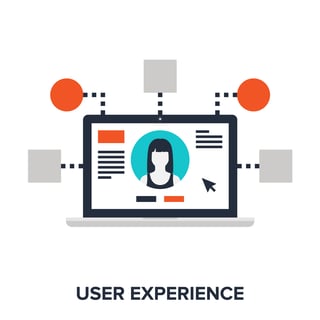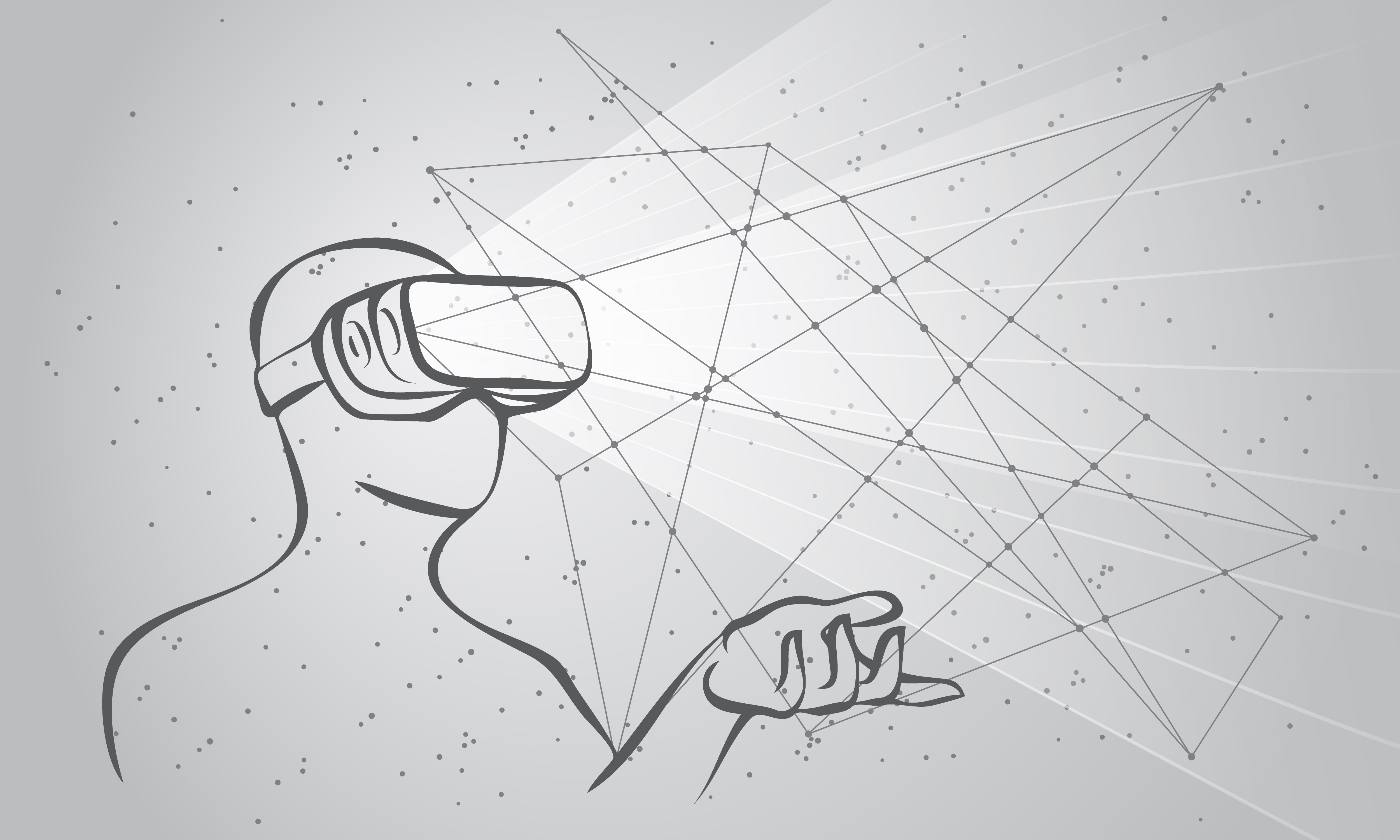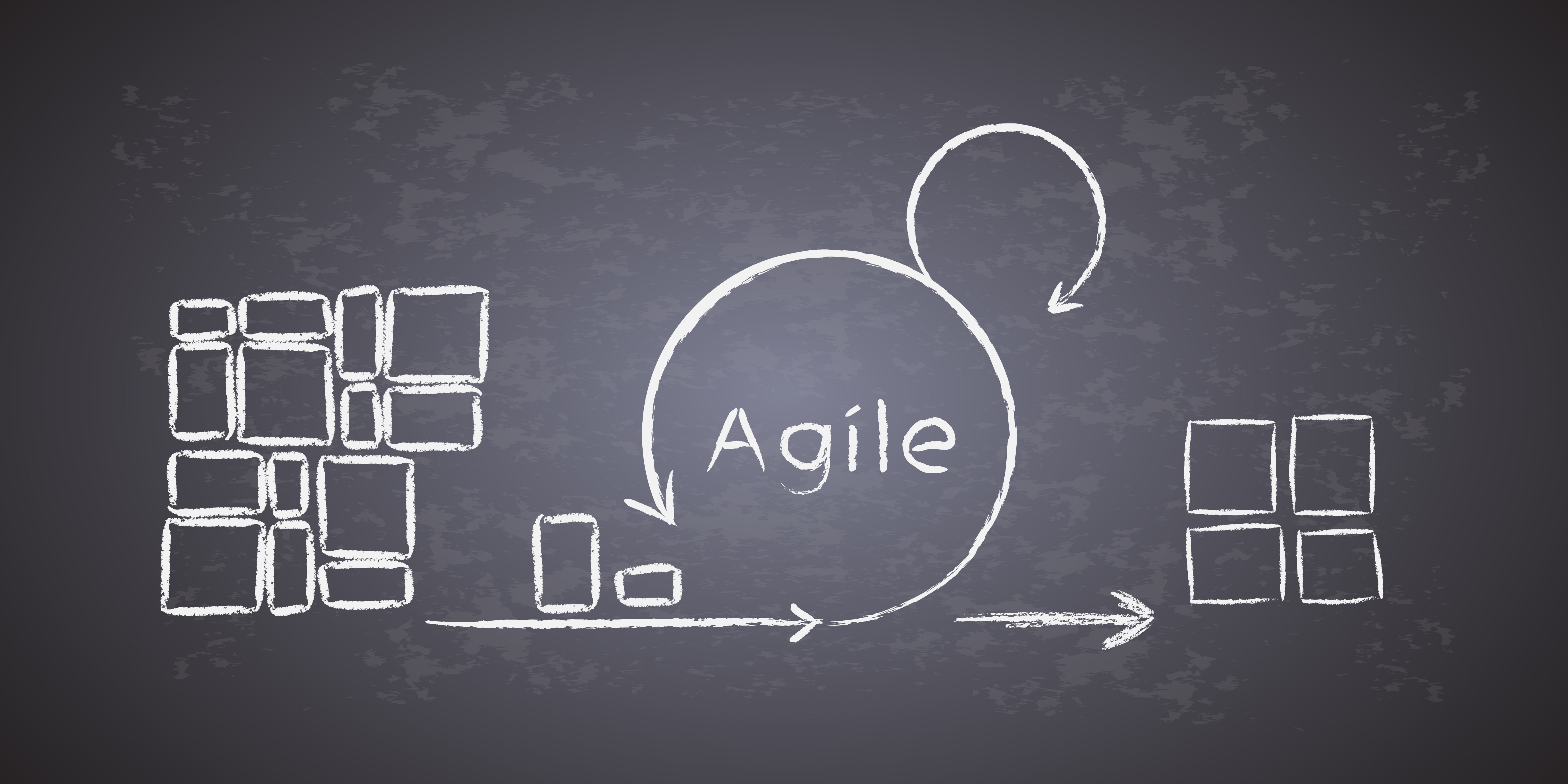 Futureproofing software designs and user experience minimizes the risk of ending up with obsolete programs and outdated apps. It’s a challenge facing all software development companies, but by keeping up with trends it's possible to anticipate and prepare for changes in requirements and include them in the planning.
Futureproofing software designs and user experience minimizes the risk of ending up with obsolete programs and outdated apps. It’s a challenge facing all software development companies, but by keeping up with trends it's possible to anticipate and prepare for changes in requirements and include them in the planning.
Here are some of the issues we expect to see, and what we’re doing to address them.
Increased Aging Population
The global population is aging at a dramatic rate with 8.5 percent of people worldwide now aged 65 or older, according to a report from the National Institute on Aging (NIA). Older users often have unique challenges, such as loss of vision or hearing, problems with motor control skills, memory, attention span, and decision-making abilities. Use of technology is growing equally rapidly, however, and stats show 59 percent of over-65’s are digital users and likely to continue using it in their daily lives.
So, how should software developers prepare for this? Matthew Hull, creative director of AndPlus, believes good software design always consults with its user population to gain an understanding of their needs and expectations for interaction with a product.
“By conferring with the intended audience, it provides that level of understanding necessary to deliver to their expectations,” says Hull. “An aging population is just another audience, or attribute thereof, to consider as you develop your user experience.” Futureproofing for older adults therefore requires fostering an environment where their needs are understood and the solutions built into tomorrow’s technology.
Process Automation
In these days of artificial intelligence (AI), many people are sounding alarms about jobs being lost to technology. This raises the question of whether software design is ever likely to be the product of machine learning. It could happen, says Hull, but not for a long time. “Until the day all manufacturing, finance, healthcare and human reproduction are automated, we’ll still need humans to design software for humans,” he says.
A Shift Away from Traditional UX
Futureproofing from a user experience focus almost requires a crystal ball to determine what people are going to want from software in time to come. It’s possible to make predictions based on prominent trends in UX, however, and keep those in mind when developing current software projects. One of the primary trends Hull foresees is a shift away from the traditional screen interface and classic software UI. “There is a need to extend the experience of interacting with a product beyond software interface and communicate directly with the hardware, at least from the user’s perspective,” he says. “Using common language has always been a tried and true method to deliver an experience tailored to user expectations, and as more and more devices come online and use voice and gestural commands, understanding the vocabulary of the audience becomes that much more important.”
Hull believes it won't be necessary for users to learn “computer speak” to power on TVs, microwaves, or other connected devices, however. The software development community will create a relatable UI syntax tailored to the audience that is interpreted by the machine, as opposed to the other way around.
Integration of New Products
The most predictable thing about design patterns is that they are constantly and rapidly adapting to the pace of change in technology. New products are being developed at the speed of light, and effective futureproofing requires being able to integrate them into your long-term UX designs. That means creating interfaces, says Hull, which is a growing and constant need for developers.
“We have become accustomed to designing interfaces intended to be displayed across multiple devices,” he says, “but as we look ahead, we need to consider not just for display devices, but audible and visual inputs as well.”
Hull believes smart UX design considers the best ways to deliver information and provide the right response mechanism for its audience - such as a button on a screen, or a voice command into a microphone.
“Looking ahead to a data-rich world - where devices themselves are tracking usage patterns and other analytics - the opportunity to utilize machine learning and AI in the discipline of design will be a key component to user experience,” he says.
Futureproofing the design and user experience is a mandate developers have grappled with for some time, but with the pace of development picking up almost daily it has become a primary factor on the horizon of software companies.
















